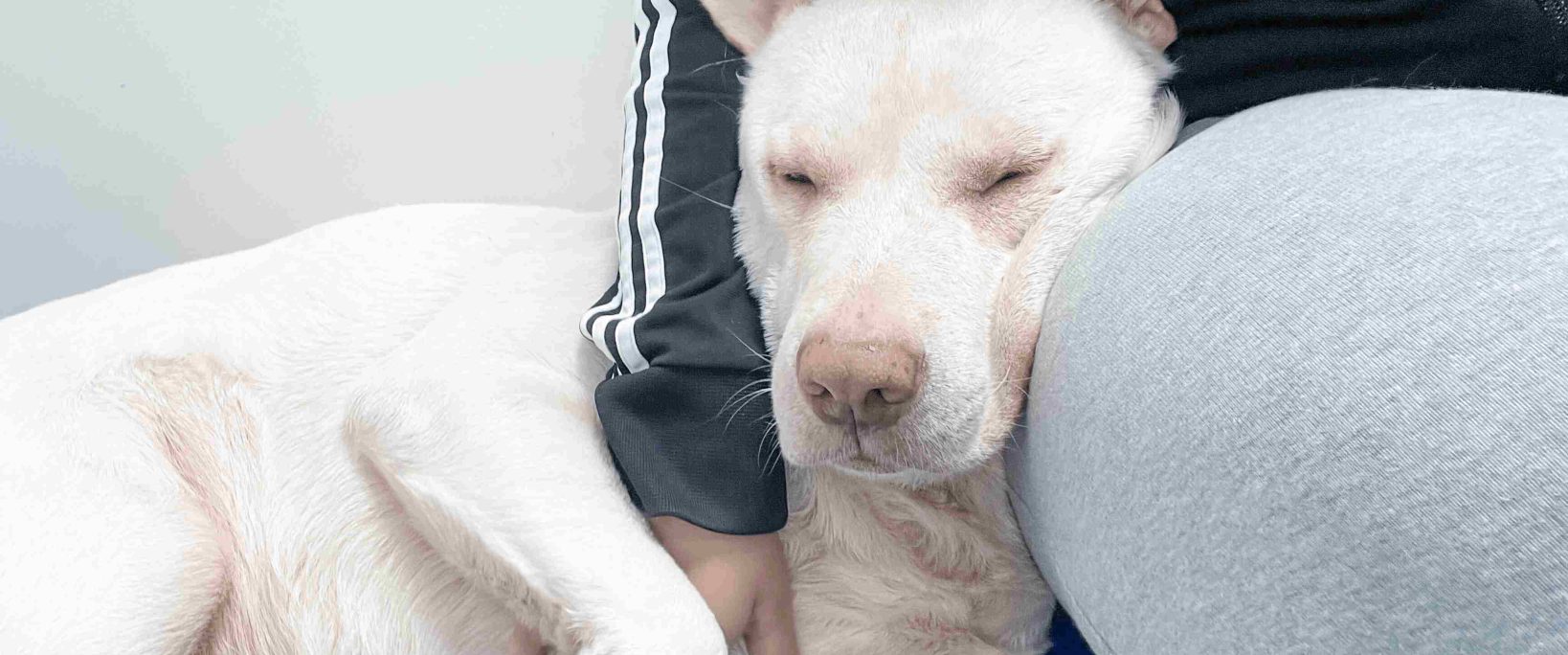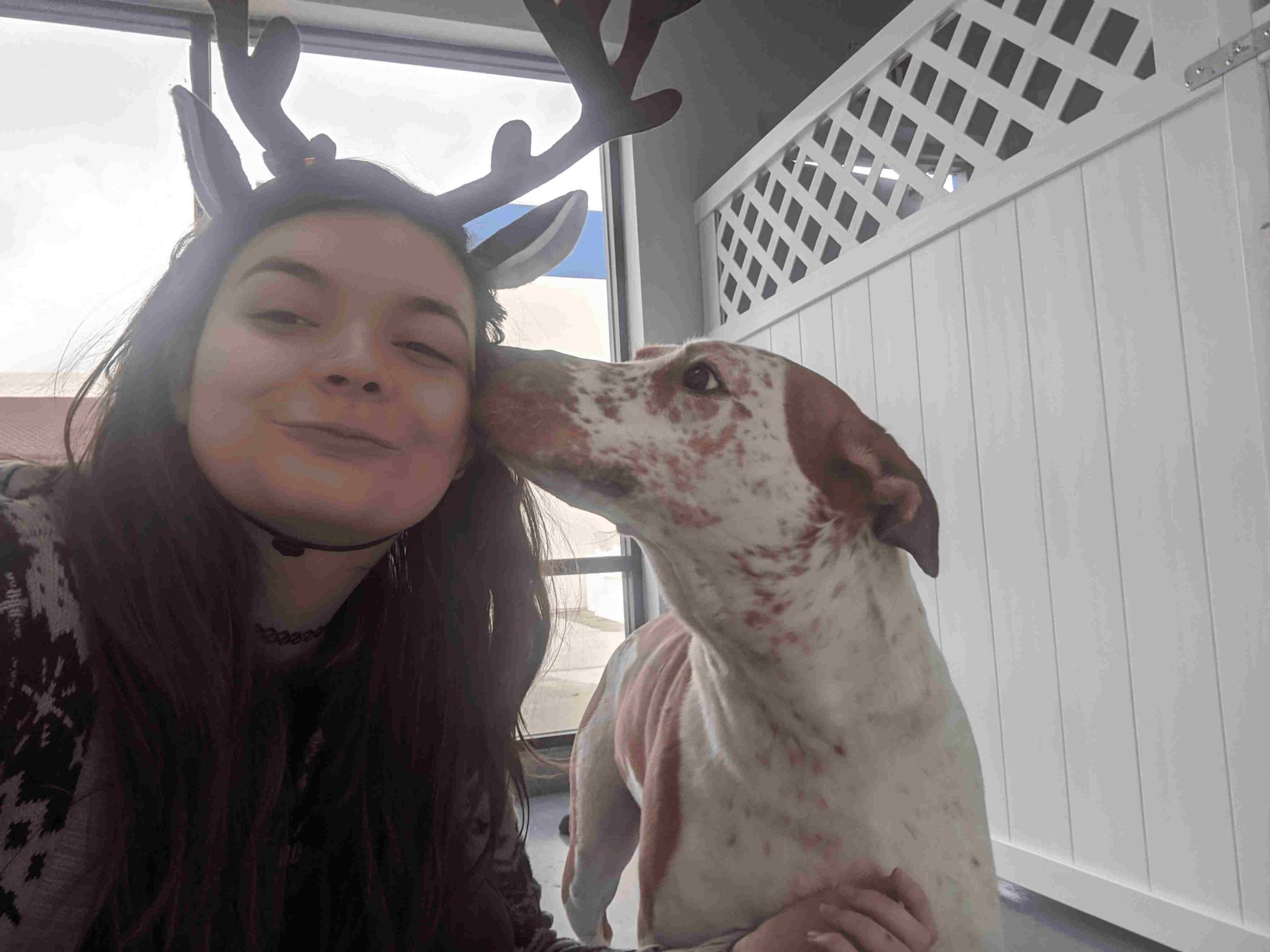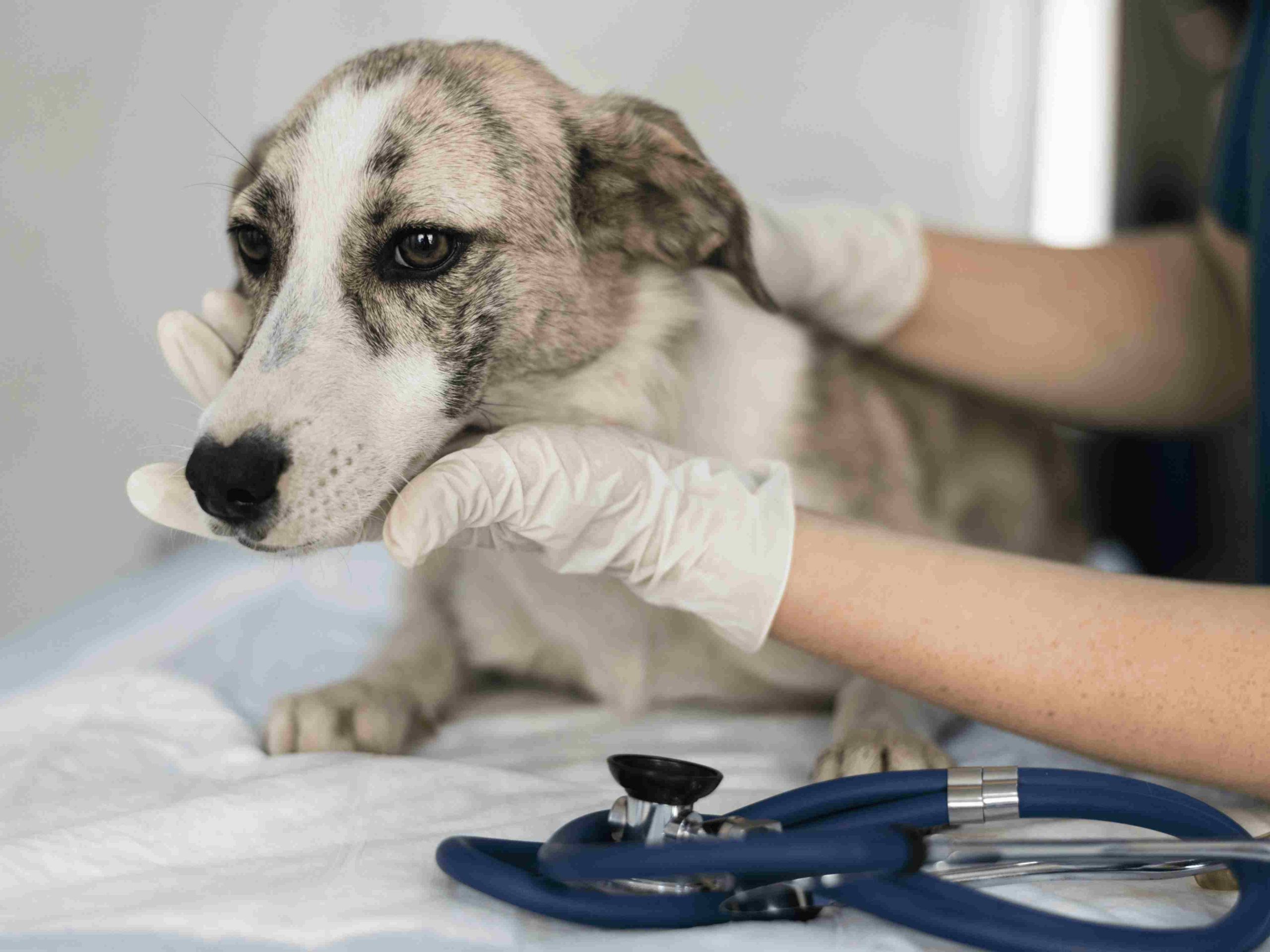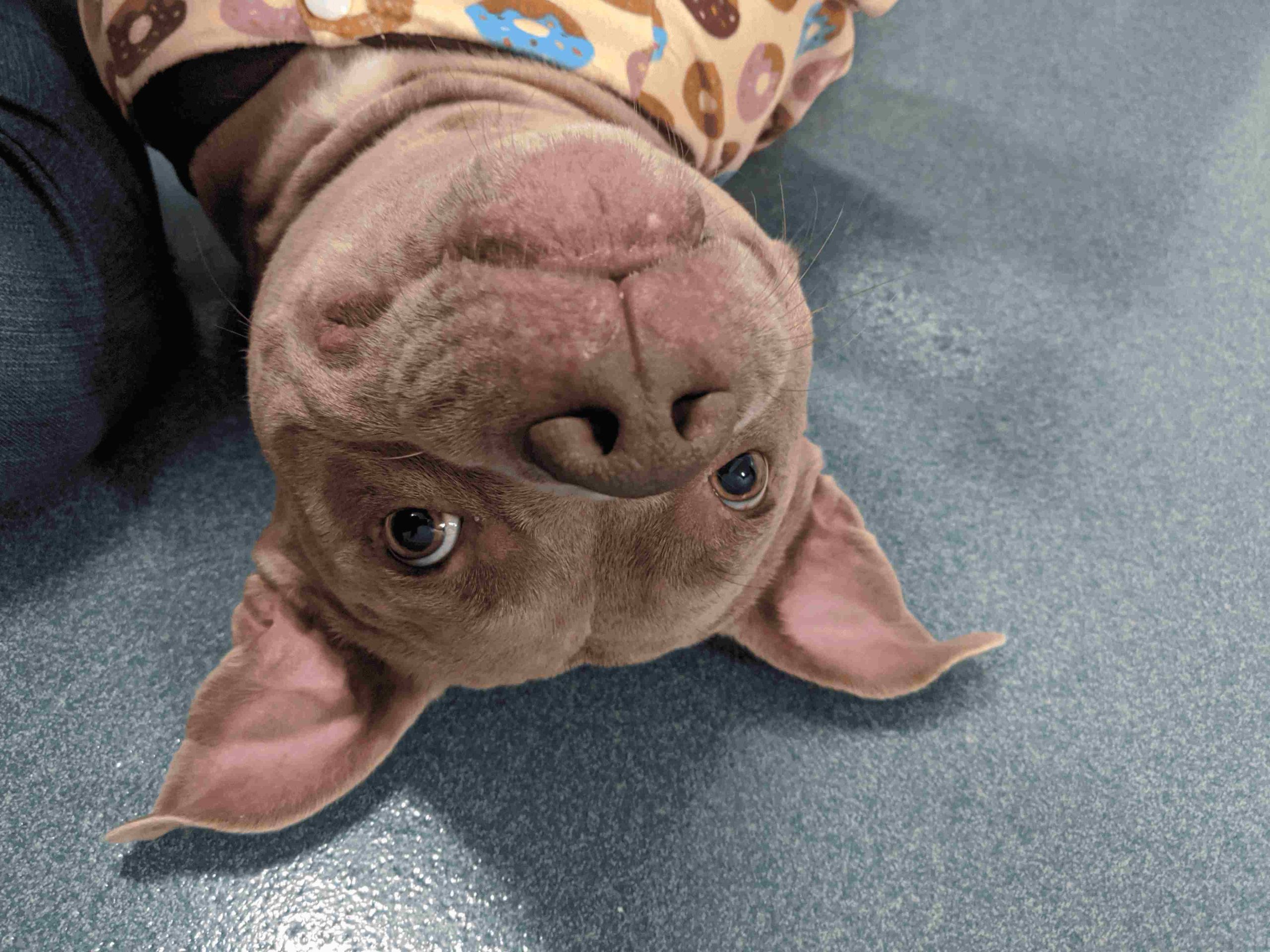How to Keep Your Dog Safe While in the Hospital

Creating a Safe Environment

Ensuring the safety of your dog while in the hospital starts with creating a secure and comfortable environment at home.
This begins with a thorough dog-proofing process.
Look around your home from your dog’s perspective and remove any potential hazards that could pose a threat to their well-being. Dangerous items such as toxic plants, small objects that could be swallowed, or any sharp items should be placed well out of reach.
Securing potentially dangerous areas is also vital.
This can involve installing baby gates to restrict access to certain rooms or areas where hazards are present, like kitchens or workshops. Make sure all windows and doors are secure to prevent your dog from escaping or getting into unsafe areas.
In addition to securing your home, it’s crucial to create a space that is comforting and familiar to your dog.
This might include setting up a dedicated area with their favorite bed, toys, and a consistent supply of fresh water. The familiarity of their own space can be particularly soothing if they sense that something is different, like your absence due to hospitalization.
If staying at home isn’t feasible or if your dog requires more attention and companionship, consider professional daycare services. This environment not only provides safety and security but also ensures that your pet remains active, engaged, and happy. Our staff is trained to handle different dog personalities and needs, ensuring personalized care for each canine guest.
Remember, preparation is key. Before you go to the hospital, take the time to familiarize your dog with these new arrangements, be it the safe space at home or the daycare environment. This helps in reducing their anxiety and makes the transition smoother for both you and your beloved pet.
Secure Enclosures – Crafting Comfort in a Hospital Setting

But what do you do if you’re allowed to take your dog with you?
In a hospital setting, where the environment can be unfamiliar and stressful for pets, creating a secure enclosure for your dog is essential. This confined space serves as a safe haven, offering comfort and security amidst the hustle and bustle of hospital life.
Firstly, it’s important to choose an enclosure that is spacious enough for your dog to move around comfortably, yet confined enough to prevent wandering into unsafe areas. An ideal enclosure would be a sturdy crate or a specialized pet playpen. Ensure it’s escape-proof and free from potential hazards like loose wires or small objects that could be ingested.
Inside the enclosure, comfort is key. Start by lining it with comfortable bedding – preferably something familiar like their regular bed or a blanket from home. This familiarity can significantly reduce stress and anxiety. Additionally, include a few favorite toys and chew items to keep them engaged and occupied.
The placement of the enclosure within the hospital should be in a quiet, low-traffic area to minimize disturbances. If possible, it should be within sight of you or familiar people, as this can provide reassurance to your dog.
Remember, the goal is to make the enclosure a positive, safe space. Avoid using it as a punishment area. Instead, encourage your dog to see it as their personal retreat, where they can relax and feel secure, even in a hospital environment.
These measures not only ensure the safety of your dog but also contribute to their emotional well-being during your hospital stay, making the experience less stressful for both of you.
Healthcare Hazards – Identifying and Mitigating Risks for Canines

In a hospital setting, there are several potential hazards for dogs that owners should be aware of to ensure their pet’s safety and well-being. Identifying and mitigating these risks is crucial for creating a secure environment for your canine companion.
One common hazard is the presence of medical equipment and supplies, such as needles, medication, and small tools, which can be dangerous if ingested or played with.
Always ensure these items are out of your dog’s reach. Additionally, the hospital environment can be a source of stress due to unfamiliar noises and smells. This can lead to anxiety or panic in dogs, which might result in erratic behavior.
To address these risks, watch your dog and ensure they are confined to a safe area, preferably under supervision. Use a leash or a secure enclosure when moving them around in the hospital. Familiar items like their favorite toy or blanket can help alleviate stress caused by the unfamiliar environment.
Effective communication with hospital staff is key to safeguarding your dog. Inform them about your dog’s presence, temperament, and any special needs. Collaborate with them to identify areas where the dog can be safely taken for walks or breaks. If necessary, have clear signage near your room to alert staff members who might enter that there’s a dog present.
By being proactive and aware of the specific hazards in a hospital environment, you can significantly reduce the risks to your dog and ensure a safer and more comfortable stay for both of you.
Personalized Care – Tailoring the Hospital Experience for Your Dog’s Safety

In a hospital setting, the importance of a personalized care plan for your dog cannot be overstated.
Every dog has unique needs and behaviors, and a one-size-fits-all approach may not effectively address these individual requirements. Tailoring the hospital experience to your dog’s specific needs is essential for ensuring their safety and well-being.
To create a personalized safety plan, open communication with hospital staff is key. Inform them about your dog’s usual routine, dietary preferences, and any medication they may be taking. It’s also important to discuss your dog’s temperament and behavior, especially in response to stress or unfamiliar environments. This information helps staff members interact safely and appropriately with your dog.
Medical considerations are equally crucial. If your dog has existing medical conditions, make sure all relevant health information is shared with the hospital staff. This includes any allergies, sensitivities, or conditions like arthritis that might require special accommodations.
Behavioral considerations should also be taken into account. For instance, if your dog is anxious around strangers or in new environments, strategies to minimize stress, such as a quiet room or the use of calming pheromones, can be implemented.
Ultimately, a personalized care plan not only ensures that your dog’s physical needs are met but also attends to their emotional and psychological well-being. It’s about creating an environment where your dog feels as safe and comfortable as possible, even in an unfamiliar setting.
Regular Check-Ins

Maintaining regular check-ins is vital for thorough dog care while you’re in the hospital. Establishing a reliable system for updates from your dog’s caregiver ensures that you’re constantly informed about your pet’s condition, activities, and overall well-being.
Start by designating a primary caregiver, whether it’s a family member, friend, or professional pet sitter, who can be trusted to provide consistent and attentive care to your dog. Make sure this person understands your dog’s routine, feeding schedule, medication needs, and any special care instructions. Clear communication about your expectations and your dog’s needs is crucial for seamless care.
Decide on the frequency and mode of updates that work best for you.
This could range from daily texts or calls to video check-ins, which can be particularly reassuring as they allow you to see your dog and assess their state firsthand.
Using messaging apps or creating a shared online document or journal can be an effective way to keep track of your dog’s daily activities, meals, and mood.
Encourage the caregiver to report not just the basics, but also any changes in behavior or appetite, as these can be indicators of stress or health issues. If your dog is staying at a daycare or boarding facility, ensure they’re equipped to provide regular updates and have a clear protocol for emergencies.
Regular check-ins are more than just a means to ensure physical care; they provide peace of mind, knowing that your beloved pet is safe, happy, and well-looked after in your absence. This not only eases your stress but also fosters a sense of connection with your dog, which is beneficial for both your and your pet’s emotional well-being during your time apart.
Monitoring Vital Signs

Regular monitoring of your dog’s vital signs is a crucial aspect of their care, especially during a hospital stay.
Keeping track of key health indicators like:
- Heart rate
- Temperature
- Breathing rate
Can provide early detection of potential health issues.
Begin by understanding the normal ranges for your dog’s vital signs. A healthy heart rate varies depending on the size and breed of the dog, with smaller breeds typically having a faster heart rate. Normal body temperature for dogs ranges between 101 to 102.5 degrees Fahrenheit. It’s also important to observe their breathing rate and pattern, ensuring it is regular and unlabored.
Equip your dog’s caregiver with a digital thermometer designed for pets and instructions on how to use it. They should also be trained to check the heart rate by feeling the pulse either at the femoral artery in the thigh or by placing a hand over the dog’s chest.
Regular check-ins should include updates on these vital signs. Any significant deviation from the norm should be promptly communicated to you and evaluated by a veterinarian. This proactive approach helps in early intervention, potentially averting more serious health complications.
You could also keep a health log that records these vital signs, along with any changes in behavior or appetite. This log can be invaluable for veterinarians to assess your dog’s health over time and make informed decisions about their care.
Comfort Measures
Ensuring your dog’s comfort during a hospital stay is essential for their emotional and physical well-being. Comfort measures are not just about luxury; they play a crucial role in reducing stress and anxiety in dogs.
Start by providing familiar items from home. A favorite blanket, bed, or toy can make a huge difference in making them feel secure and comforted in a new environment. These familiar scents and textures can be a source of great solace to a dog in an unfamiliar setting.
Consider the physical comfort of their space. The bedding should be soft and supportive, especially for dogs with arthritis or other joint issues. Ensure the area is well-ventilated, quiet, and has a comfortable temperature. If possible, a view of a window can also be comforting.
Soothing sounds can also play a part in creating a calm environment. Gentle, soft music or white noise machines can help mask the unfamiliar sounds of a hospital and help your dog relax.
Incorporate gentle, reassuring physical contact. If the caregiver is someone your dog knows and trusts, encourage them to spend time petting or gently grooming your dog. This kind of interaction can significantly alleviate stress and promote a sense of safety.
Remember, every dog is unique. Pay attention to your dog’s specific likes and dislikes. Some dogs might find solace in a quiet corner, while others may prefer being close to the hustle and bustle. Tailoring these comfort measures to your dog’s individual preferences is key to providing them with the most comforting experience possible during your hospital stay.
Get in touch with us today.
Frequently Asked Questions
What should I do if my dog has a specific dietary requirement or allergy?
Give your caregiver detailed instructions regarding your dog’s dietary needs, specifying the type of food your dog should eat and any foods that are forbidden due to allergies or sensitivities. Share the contact information of your vet in case of any emergencies. If possible, leave an emergency supply of your dog’s special food so that there’s enough of the right food available, even if you’re delayed at the hospital.
How do I ensure proper dog care while in the hospital?
To maintain proper dog care while in the hospital, set up regular check-ins with your dog through video calls or phone updates. This will comfort your pet, making them feel connected, even when you’re not physically present. If your dog’s separation anxiety is severe, consider meeting with a professional dog trainer for more guidance on managing anxiety. Every dog is unique, so be sure to exercise patience and understanding. With these strategies, you’ll promote proper dog care while in the hospital with ease.
What should I do if my dog requires medication while I’m in the hospital?
Administering medication correctly is crucial for your dog’s health. Give your caregiver a detailed medication schedule that includes the name of the medication, dosage, frequency, and any special instructions, like whether it should be taken with or without food. Before you leave for the hospital, show how to administer the medication to your dog, whether it involves pills or liquid medication. Share your vet’s contact information in case the caregiver has any questions or concerns.
What is the role of dog boarding while in the hospital, and when should I consider it?
Consider dog boarding while in the hospital if you don’t have a reliable temporary caregiver or if your dog needs special attention, such as medical care or behavioral support. Dog boarding facilities offer a safe and comfortable environment for your dog, ensuring their needs are met while you’re away. Overall, dog boarding while in the hospital gives you peace of mind, knowing that your beloved pet is in great hands while you focus on your recovery.
How can I ensure my dog’s safety while I’m in the hospital?
To keep your dog safe while in the hospital, make the arrangements ahead of time. Get in touch with a trusted caregiver who can provide care and attention to your dog during your absence. Share all the information about your dog’s routine, dietary requirements, medical needs, and emergency contacts with this caregiver. Regular check-ins and plans for emergencies, such as medical crises or evacuations, are essential to keep your dog safe while you’re in the hospital.


